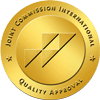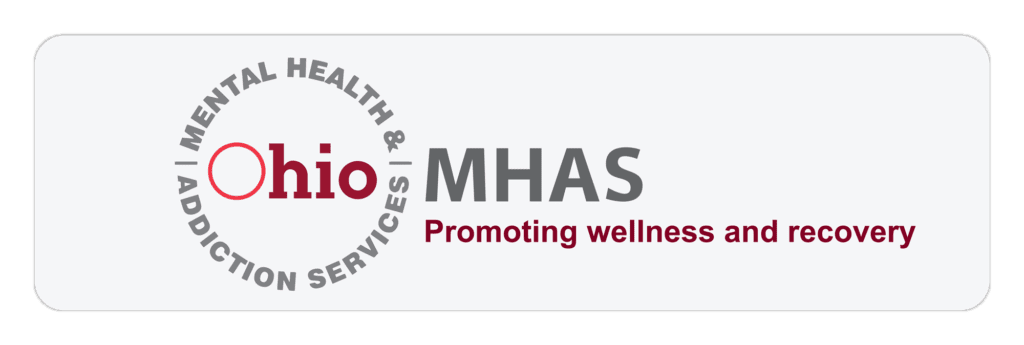TYPES OF COCAINE, ITS ACTIVE INGREDIENTS, AND THEIR DANGERS
- June 22, 2022
- Prosperity Haven
- Addiction Treatment
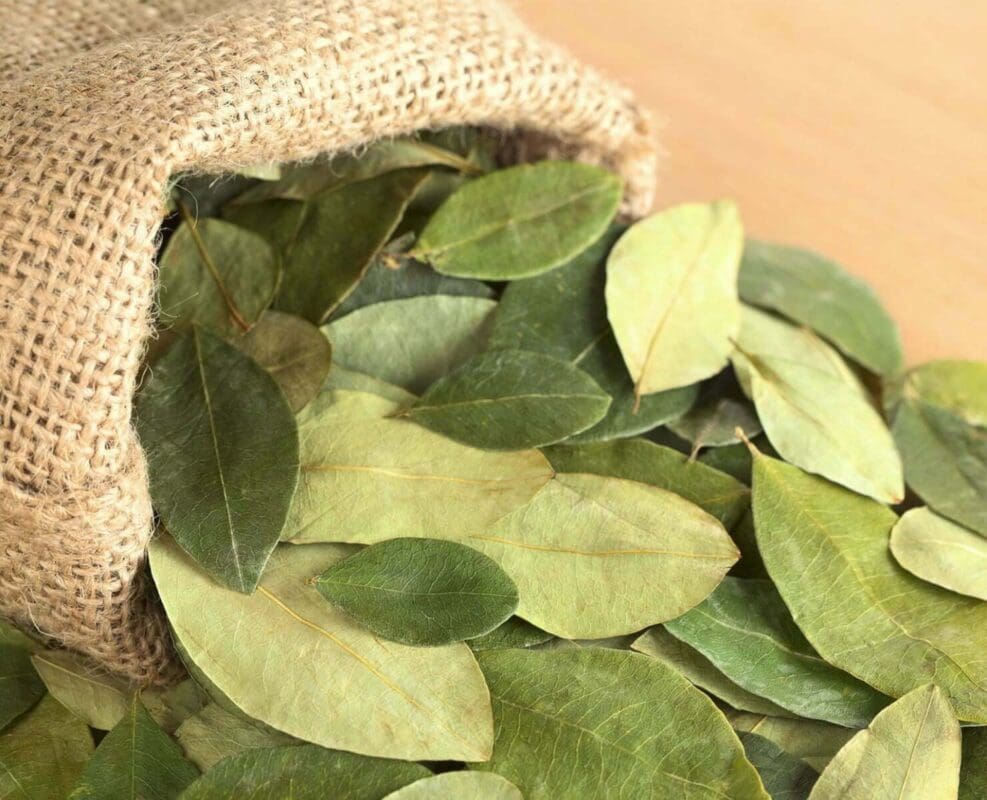
In this post, Prosperity Haven, addiction rehabilitation experts, reveal the oft-misunderstood world of cocaine: all the different types of cocaine, their active ingredients, and the dangers of cocaine.
THE MANY DIFFERENT TYPES OF COCAINE
Contrary to popular belief, cocaine is not limited to the dangerous white powder shown in television shows and movies. There are actually many different types of cocaine that can vary in both their chemical makeup and appearance. The degree of overdose risk can vary depending on what type of cocaine someone is using, as well as the active ingredients involved.
ACTIVE COCAINE INGREDIENTS
Cocaine is created from the leaves of the coca plant that is native to many countries in Central and South America. When looking at the source of pure cocaine, the main ingredient of cocaine is Erythroxylum Coca. However, the active ingredients in cocaine can vary, particularly when it is not pure cocaine. Most cocaine sold on the streets has been altered or cut with other substances and compounds, including but not limited to:
- Talcum powder
- Ammonia
- Baking soda
- Lactose
- Sugar
- Caffeine
- Mannitol
- Inositol
- Procaine
- Phencyclidine
- Phenytoin
- Lignocaine
- Strychnine
- Levamisole
- Amphetamine
- Heroin

While some of these substances are rather harmless, others can be very toxic and make cocaine even more dangerous. For example, strychnine is a pesticide that can be lethal if consumed in large enough doses. Alternatively, heroin and amphetamines can also cause extreme effects and make cocaine even more addictive.
However, the primary ingredients of cocaine are relatively straightforward because it is derived from a plant. It is often the additives, fillers, and toxins that make the drug more powerful and dangerous.
Unfortunately, this is not something that is only done by drug dealers or manufacturers. Many drug abusers mix cocaine with other drugs like fentanyl, an extremely addictive and dangerous narcotic that can lead to overdose and death.
Additionally, the ingredients involved in cocaine vary by type. Below, we will examine what goes into different types of cocaine and the effects of these ingredients:
WHAT IS BROWN COCAINE?
Brown cocaine is made using a combination of cocaine, amphetamines, and gunpowder (nitroglycerin). As you can imagine, this is an extremely dangerous concoction that can greatly increase the risk of a heart attack or stroke. The use of amphetamines makes the drug cocktail more potent, while the addition of gunpowder gives the cocaine its brown appearance and decreases the onset time.
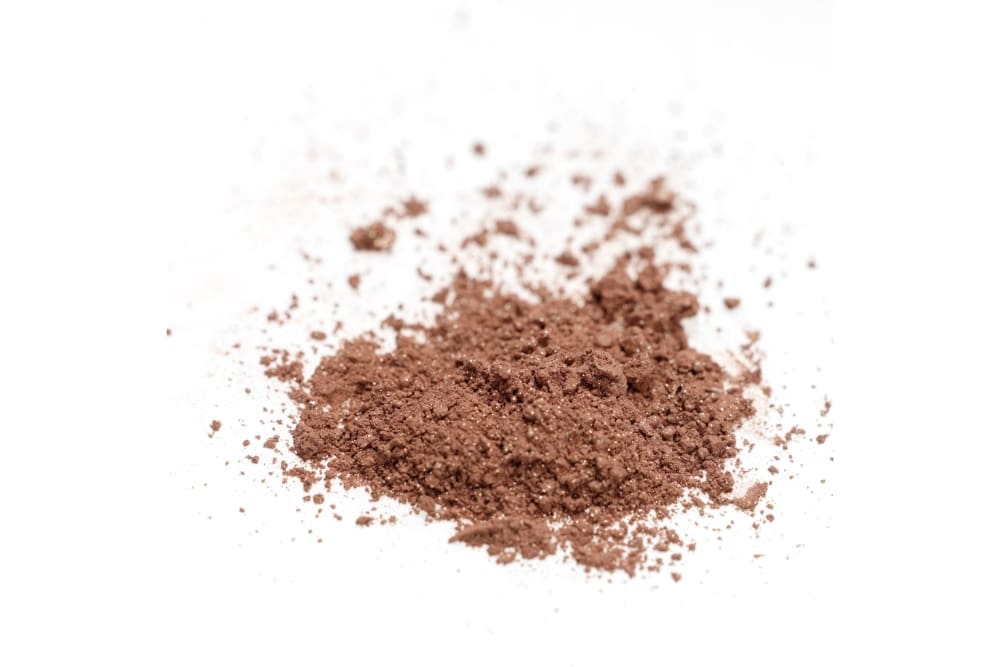
WHAT IS CRACK COCAINE?
Crack cocaine is a lower purity form of cocaine that usually contains baking soda, entrapped water, and other impurities. These additives create what is often known as “yellow cocaine” due to its yellow or brown coloration. Crack cocaine is infamous for its addictive qualities. It is often smoked in a glass pipe, causing the drug to pass through the lungs and enter the central nervous system. This is the primary reason that crack cocaine creates such a potent (albeit short-lived) high. A big difference between cocaine and crack is the quick rush and crash caused by crack cocaine. These attributes make it far more addictive than standard powder cocaine.
WHAT IS FISH SCALE COCAINE?
Cocaine with an unusually high purity level – upwards of 90% – is called fish scale cocaine. It’s called so since when cocaine is so pure, it has a shiny pearly appearance. However, the cocaine obtained on the street is almost never pure cocaine. In fact, most powder cocaine is roughly 50% to 70% pure cocaine. Due to its lack of impurities, fish-scale cocaine is more powerful, more expensive, and harder to obtain.

WHAT IS COCAINE HYDROCHLORIDE?
Cocaine hydrochloride is a form of cocaine that is prescribed to numb the mucus membranes inside the nose before a surgery or medical procedure. However, due to its numbing effects, it can also be abused as a recreational drug. Unlike regular cocaine, cocaine hydrochloride typically comes in a topical form that can be put directly on the skin. The effects can last anywhere from 30 minutes to 2 hours.
WHAT IS PINK COCAINE?
Contrary to its name, pink cocaine is actually not cocaine at all. In fact, it is just a slang term for synthetic phenylethylamine 2C-B. Though pink cocaine was originally developed in the 1970s for medicinal use, it was later labeled as an illicit drug. Nowadays, pink cocaine is commonly associated with parties and clubbing, as it is a psychedelic drug that has effects similar to LSD and MDMA. It often causes euphoria and mild hallucinations. While not as dangerous or addictive as cocaine, pink cocaine can be made far more dangerous when mixed with other “party drugs,” including alcohol, cocaine, or ecstasy.
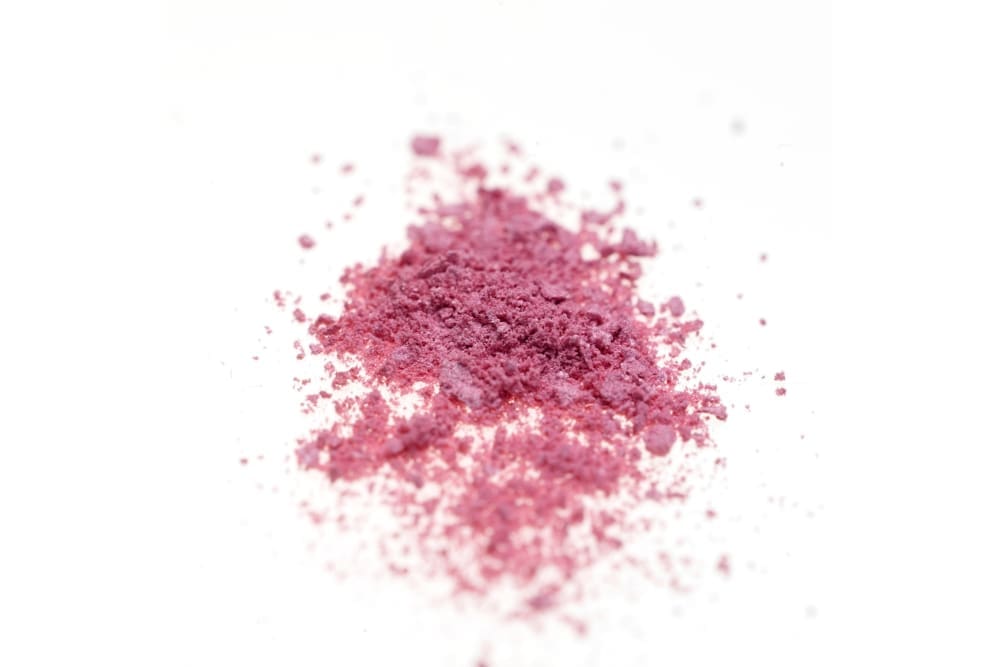
WHAT IS PURE COCAINE?
Pure cocaine has been through a chemical process to remove any impurities, creating an extremely potent form of cocaine. Pure cocaine is prepared by neutralizing the salt substance with an alkaline solution to remove impurities. The process can be taken a step further by using liquid-to-liquid extraction. Pure cocaine is far more potent than standard cocaine or cocaine that has purposefully been cut with additives (often known as “black cocaine”).
WHAT IS SYNTHETIC COCAINE?
Synthetic cocaine is a highly dangerous drug made using cathinone, which is similar in its molecular structure to amphetamines. The street name for synthetic cocaine is “bath salts.” The effects of synthetic cocaine can be extremely unpredictable, making it one of the most dangerous alternatives to standard cocaine. Synthetic cocaine can come in many different forms, including pills, crystals, white powder, or brown powder.
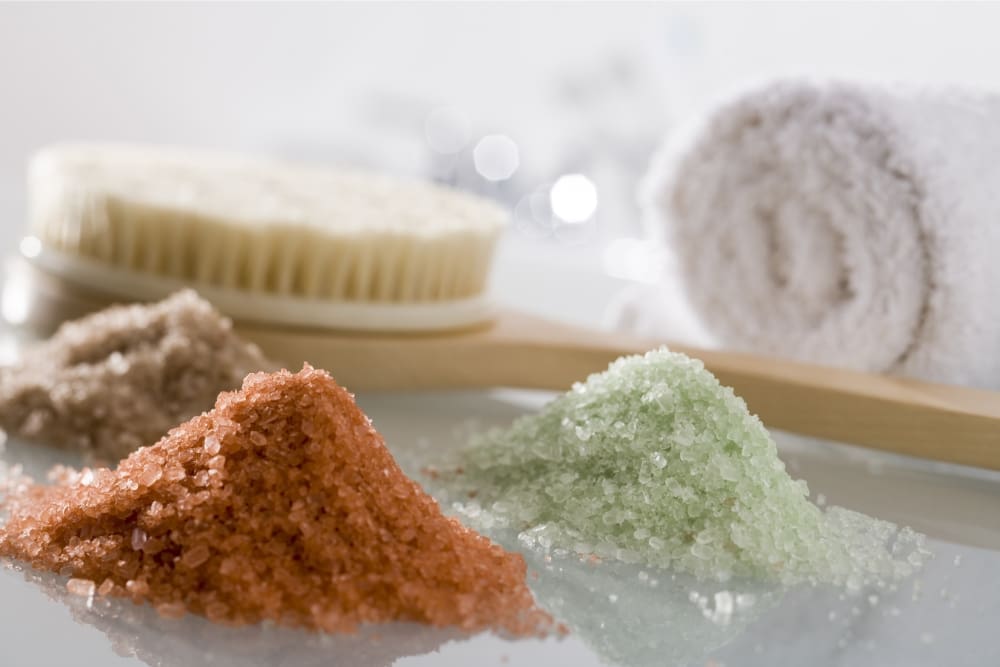
RISKS OF COCAINE
Most people who use cocaine only think about the euphoric, short-term effects. However, regular use of the drug (or some of its less pure alternatives) can have long-term impact on the mind and body. One of the primary effects of repeated cocaine use is the disruption of reward pathways in the brain. Cocaine produces short and intense moments of euphoria. Over time, this can make your brain less sensitive to natural causes of euphoria, making cocaine seem like the only way to “feel good.” This effect can last for months or even years, though it typically goes away if you are able to stop cocaine use for good.
Regular cocaine use also increases cocaine tolerance. The more you use cocaine, the more cocaine you will need to reach the same desired effects. With time, this can have a very adverse effect on your mind and body. If your tolerance reaches dangerous levels, you could end up overdosing on the drug. Even if you do not overdose, you can expect a higher risk of physical consequences like strokes, seizures, nosebleeds, and difficulty swallowing. Finally, regular cocaine use can cause lasting psychological effects, such as:
- Paranoia
- Anxiety
- Panic attacks
- Restlessness
- Hallucinations
- Psychosis
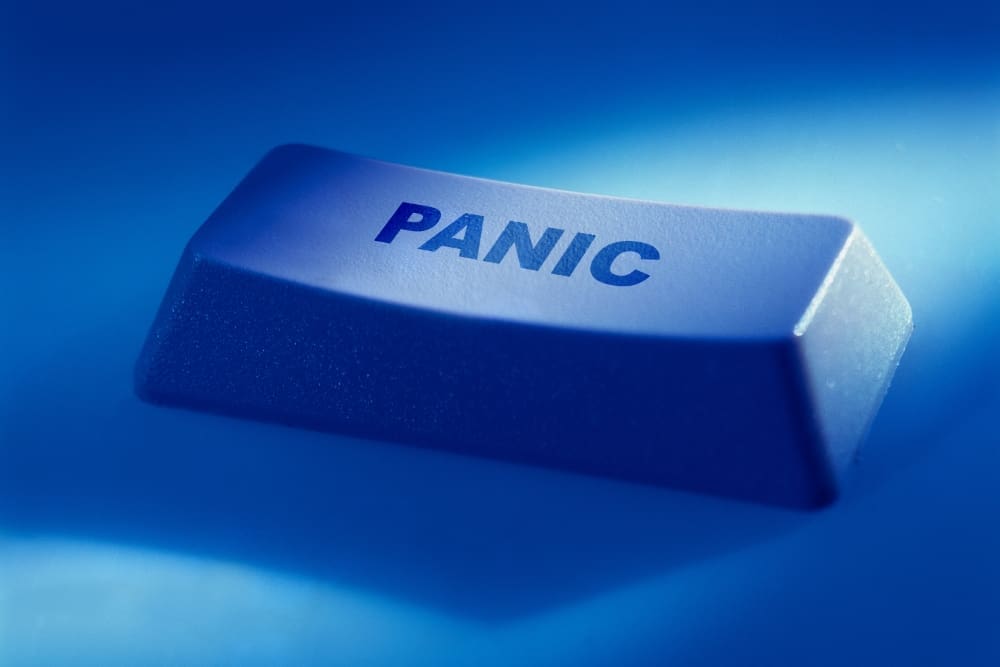
GET HELP FOR ALL TYPES OF COCAINE ADDICTION IN OHIO AND PA
Confronting a cocaine addiction can be difficult. Whether you or someone you love is struggling, it is important to take the addiction seriously and act with compassion and care. For this reason, we recommend reaching out to professionals as soon as possible.
Fortunately, Prosperity Haven has both the facilities and the expertise to provide high-quality cocaine addiction treatment. Our residential drug rehab centers are designed to feel like a home away from home, while still offering all of the same services you could get at a traditional inpatient treatment center. Moreover, we stand out by focusing on long-term addiction relief through therapy, including both one-on-one and group sessions.
If you or someone you love is struggling with any type of cocaine abuse, please contact Prosperity Haven. We can help you. Our professional guidance counselors are on call to discuss a tailor-made treatment plan for you.




